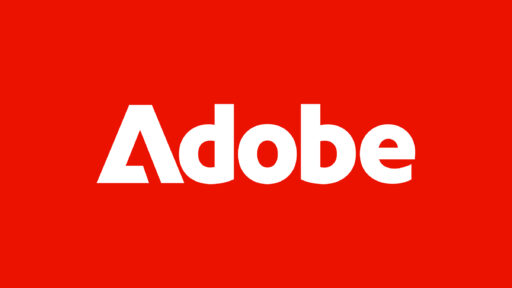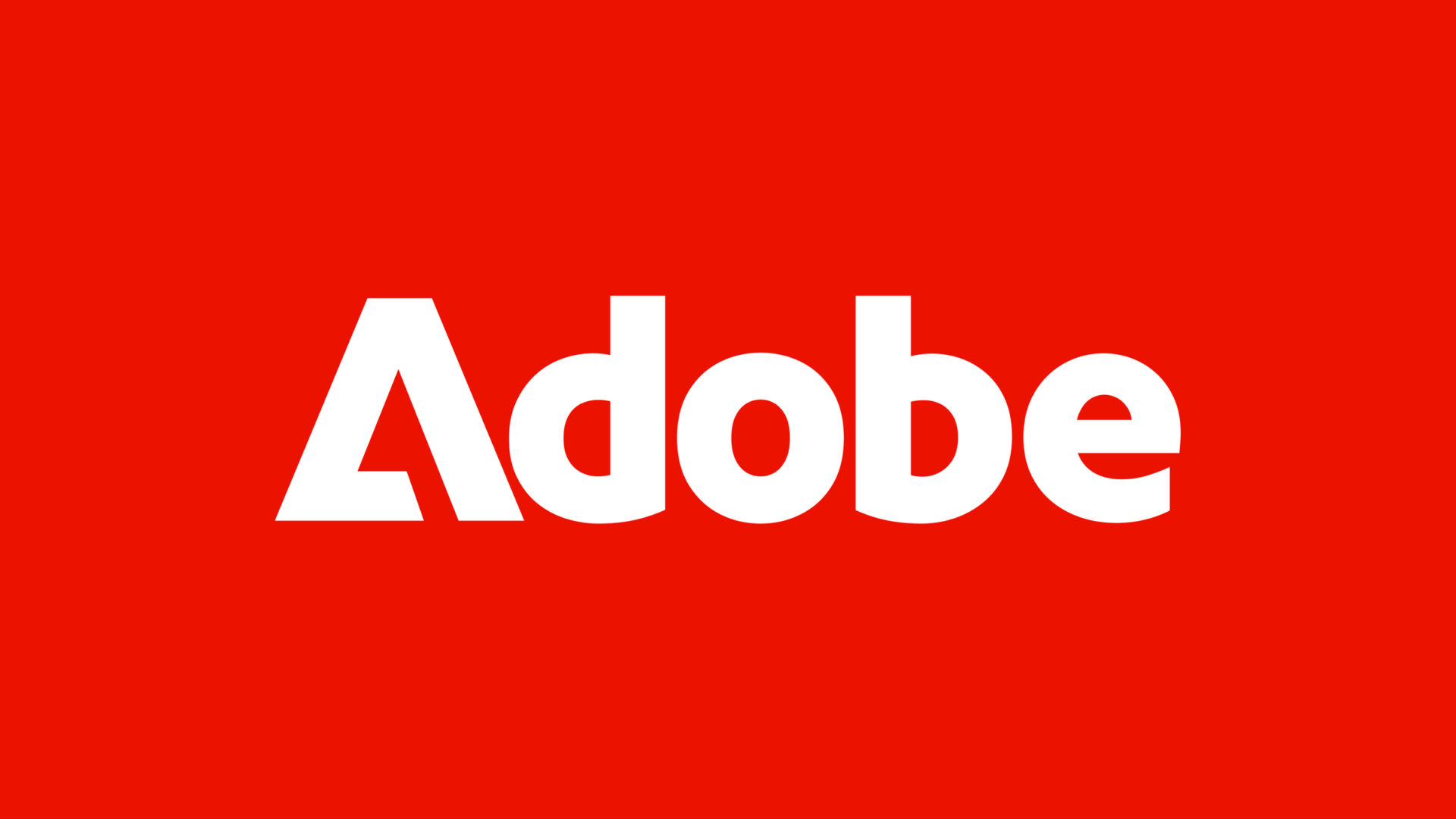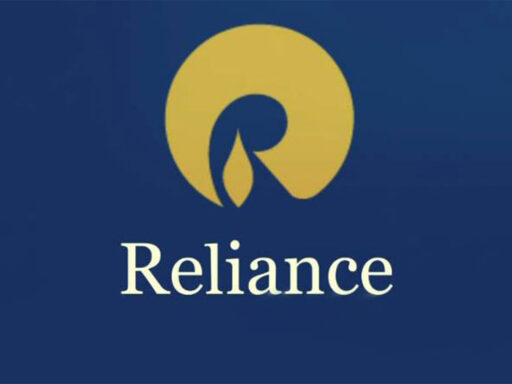Adobe is a leading technology company that integrates sustainability across its operations and product offerings. The company has made substantial progress in addressing climate change, reducing its carbon footprint, and promoting a circular economy through responsible resource management. Its ambitious goals include achieving net-zero emissions by 2050, expanding renewable energy use, and continuing to innovate with AI to reduce environmental impacts. Adobe’s sustainability strategy is designed to empower both its operations and its customers to make a positive environmental impact.
Sources:
https://www.adobe.com/corporate-responsibility/sustainability.html
https://www.adobe.com/corporate-responsibility/sustainability/reports.html
Sustainability Strategy and Goals
Adobe’s sustainability strategy is aligned with global frameworks like the UN Sustainable Development Goals (SDGs) and the Science Based Targets initiative (SBTi), addressing key environmental, social, and governance (ESG) issues. Below is a comprehensive look at the company’s sustainability initiatives:
Net Zero and Carbon Emissions
Adobe has set ambitious goals to reduce its carbon footprint and achieve net-zero emissions across its entire value chain by 2050. The company has already made significant strides in carbon reduction and climate action.
- Achieved carbon neutrality in global operations since 2019.
- Reduced Scope 1 and 2 emissions by 47% from 2018 to 2023.
- Offsets 100% of its remaining emissions annually.
- Working to reduce Scope 3 emissions by influencing and collaborating with suppliers.
Sources: https://www.adobe.com/corporate-responsibility/sustainability.html
Water Stewardship
Adobe recognizes the importance of water conservation in its operations, particularly in its data centers and corporate offices. The company is committed to minimizing water consumption through innovation and responsible water management strategies.
- Reduced water use per unit of computing power by 28% from 2019 to 2023.
- Set a goal to reduce water consumption by 50% by 2030, focusing on key regions and operations.
- Installed water-efficient systems across all data centers and offices to minimize usage.
Sources: https://www.adobe.com/corporate-responsibility/sustainability.html
Circular Economy and Sustainable Packaging
Adobe is focused on driving a circular economy by optimizing its product packaging, reducing waste, and using recycled materials in its product designs. This approach is critical for reducing its environmental impact and supporting a sustainable future.
- Reduced the carbon footprint of product packaging by 30% in 2023 through the use of recycled materials.
- Committed to designing products with a lifecycle approach to minimize environmental impact.
- Works closely with suppliers to ensure that packaging materials are responsibly sourced and recyclable.
Sources: https://www.adobe.com/corporate-responsibility/sustainability.html
Sustainable Sourcing and Ethical Practices
Adobe is dedicated to responsible sourcing, ensuring that the materials used in its products and packaging are sustainably sourced and that its supply chain practices adhere to high ethical standards.
- Working toward eliminating deforestation by 2030 within its supply chain.
- Engages suppliers to ensure adherence to ethical labor practices and responsible sourcing of materials.
- Ensures that all major suppliers meet rigorous environmental and social responsibility standards.
Sources: https://www.adobe.com/corporate-responsibility/sustainability.html
Technology and Innovation for Sustainability
Adobe leverages cutting-edge technologies like AI and machine learning to drive sustainability initiatives within its operations and product offerings. The company uses AI to optimize energy use, reduce waste, and help its customers make sustainable choices in design and production.
- Launched AI-powered tools like Adobe Sensei that help users choose sustainable materials and reduce environmental impact in design processes.
- Uses AI to optimize energy consumption and reduce waste across its operations, such as in its cloud services and data centers.
In 2023, AI tools helped designers reduce material waste and carbon emissions by enabling smarter design choices.
Sources: https://www.adobe.com/corporate-responsibility/sustainability.html
Key Sustainability Innovations and Technologies
Adobe continues to innovate in sustainability through the use of advanced technologies that reduce its environmental impact and support customers in their sustainability efforts.
- AI for Energy Efficiency: Adobe integrates AI to optimize energy use across its operations, including in its data centers and software products. By analyzing usage patterns and energy demands, Adobe enhances energy efficiency, particularly in its cloud infrastructure.
In 2023, Adobe’s AI-powered systems helped reduce energy consumption by 20% across its data centers compared to 2018 levels.
Sources: https://www.adobe.com/corporate-responsibility/sustainability.html - Cloud Infrastructure: Adobe’s shift to cloud-based infrastructure has significantly improved energy efficiency. By consolidating operations in cloud data centers powered by renewable energy, Adobe has been able to cut energy consumption and minimize emissions.
Since transitioning to cloud infrastructure, Adobe reduced its total energy consumption by 20% from 2018 to 2023.
Sources: https://www.adobe.com/corporate-responsibility/sustainability.html
Measurable Impacts
Adobe’s sustainability initiatives are measurable and aligned with its broader goals of reducing carbon emissions, water usage, and waste, as outlined in its latest sustainability report.
- Carbon Emissions:
- Achieved carbon neutrality for global operations in 2019, offsetting 100% of emissions.
- Reduced Scope 1 and 2 emissions by 47% between 2018 and 2023.
- Offset more than 100% of its emissions annually since 2019.
Sources: https://www.adobe.com/corporate-responsibility/sustainability.html
- Water Use:
- Reduced water use per unit of computing power by 28% from 2019 to 2023.
- Set a goal to reduce water consumption by 50% by 2030.
Sources: https://www.adobe.com/corporate-responsibility/sustainability.html
- Circular Packaging:
- Reduced carbon footprint from product packaging by 30% through the use of recycled materials in 2023.
Sources: https://www.adobe.com/corporate-responsibility/sustainability.html
- Reduced carbon footprint from product packaging by 30% through the use of recycled materials in 2023.
Challenges and Areas for Improvement
While Adobe has made significant progress in several areas, it still faces challenges related to Scope 3 emissions, supply chain sustainability, and energy use in manufacturing processes.
- Scope 3 Emissions:
- Scope 3 emissions remain a challenge, especially those related to the supply chain. Adobe is working to reduce these emissions by partnering with suppliers to promote sustainability practices.
Sources: https://www.adobe.com/corporate-responsibility/sustainability.html
- Scope 3 emissions remain a challenge, especially those related to the supply chain. Adobe is working to reduce these emissions by partnering with suppliers to promote sustainability practices.
- Energy Efficiency in Product Manufacturing:
- While progress has been made, Adobe continues to focus on improving the energy efficiency of its manufacturing processes, particularly in hardware and product design.
Sources: https://www.adobe.com/corporate-responsibility/sustainability.html
- While progress has been made, Adobe continues to focus on improving the energy efficiency of its manufacturing processes, particularly in hardware and product design.
Future Plans and Long-Term Goals
Adobe has established an ambitious vision for sustainability, with long-term goals that span across its operations, products, and supply chain. These goals reflect a strong commitment to reducing environmental impacts, accelerating the adoption of renewable energy, and using technology to drive sustainable outcomes across industries. Adobe’s strategy for the future is built on scaling its existing initiatives and introducing innovative solutions to meet the ever-evolving challenges of climate change and resource conservation.
Net-Zero Emissions by 2050
Adobe has set a target to achieve net-zero emissions across its entire value chain by 2050. This includes addressing Scope 3 emissions, which are the hardest to control but essential to achieving true carbon neutrality. The company is working with suppliers and partners to help them reduce their emissions and adopt more sustainable practices.
- Progress to Date: Adobe has already achieved carbon neutrality in its global operations since 2019, offsetting all Scope 1 and Scope 2 emissions. The company’s next challenge lies in reducing Scope 3 emissions, which will require significant engagement with its supply chain and operational practices across the entire lifecycle of its products.
Sources: https://www.adobe.com/corporate-responsibility/sustainability.html
Renewable Energy Expansion
Adobe plans to increase its renewable energy adoption across all global operations, building on its success in data centers and offices. Currently, the company utilizes renewable energy for much of its operations, but it aims to achieve full renewable energy use across its entire value chain.
- Progress to Date: While Adobe has made strides in using renewable energy in its operations, it has not yet reached 100% renewable energy usage across all aspects of its business. The company has pledged to scale renewable energy usage by increasing its clean energy purchasing and working with suppliers to adopt similar practices.
Sources: https://www.adobe.com/corporate-responsibility/sustainability.html
Circular Economy and Waste Reduction
As part of its long-term goals, Adobe is committed to expanding its circular economy practices. This includes developing more sustainable products and packaging, increasing the use of recycled materials, and ensuring that products are designed for easier recycling and reuse.
- Progress to Date: Adobe has already made significant strides in packaging sustainability, reducing the carbon footprint of its product packaging by 30% in 2023. However, the company plans to go further, aiming for 100% recyclable and compostable packaging for all of its products.
Sources: https://www.adobe.com/corporate-responsibility/sustainability.html
AI for Sustainability: Scaling Tools and Innovations
Adobe plans to expand its AI-driven sustainability tools, including Adobe Sensei, which helps users optimize their designs for environmental impact. The company is also focused on developing tools that enable businesses and individuals to track, analyze, and reduce their carbon footprints and environmental impact through more efficient processes.
- Progress to Date: Adobe has made early strides with its AI tools that allow designers to choose more sustainable materials and optimize energy usage. However, as the AI market continues to evolve, Adobe aims to build on its existing tools and create new innovations to further support sustainability goals.
Sources: https://www.adobe.com/corporate-responsibility/sustainability.html
Collaboration and Supply Chain Sustainability
A key element of Adobe’s long-term sustainability strategy is increasing collaboration with suppliers and partners to ensure that sustainable practices are embedded throughout the supply chain. The company has set targets to engage suppliers in carbon reduction efforts and ensure that sustainable sourcing is a priority.
- Progress to Date: Adobe has already engaged many of its suppliers in sustainability programs, but further work is required to reduce Scope 3 emissions, which account for the majority of its carbon footprint. The company plans to continue working with suppliers to drive more sustainable practices and achieve its broader emissions reduction goals.
Sources: https://www.adobe.com/corporate-responsibility/sustainability.html
Are They Doing What They Are Aiming?
Adobe’s goals are ambitious, but the company is making solid progress. Its carbon neutrality in operations and commitment to reducing its carbon footprint are clear successes. However, the real test lies in its ability to reduce Scope 3 emissions, achieve 100% renewable energy across all operations, and build a fully circular economy around its products.
- Net-Zero Emissions: Adobe has taken significant steps toward achieving net-zero emissions by 2050, but reducing Scope 3 emissions will be the most challenging part of this goal. Adobe’s commitment to working with its supply chain partners is key to reaching this target.
- Renewable Energy: While Adobe is on track to scale renewable energy across its operations, achieving 100% renewable energy usage globally will require continuous expansion of its clean energy purchases and deeper collaboration with suppliers.
- Circular Economy: Adobe has made great progress in circular packaging but has yet to fully integrate circular economy principles into all aspects of its product development and end-of-life management. Achieving complete circularity across its product lines will take time and innovation.
- AI for Sustainability: Adobe is using AI to reduce environmental impacts, but its tools are still evolving. To reach its sustainability goals, Adobe must continue to refine its AI technologies to make them more effective for both internal operations and customer-facing solutions.
Our Thoughts
Adobe has made substantial progress in integrating sustainability into its business practices, particularly through its technology-driven innovations and operational efficiencies. The company has demonstrated a strong commitment to reducing its carbon footprint and driving change within its supply chain and product offerings. However, the road ahead involves addressing the most challenging aspects of sustainability, such as Scope 3 emissions, full renewable energy adoption, and scaling circular economy practices.
Adobe is well-positioned to meet its long-term sustainability goals, but it will need to accelerate efforts in certain areas to ensure it meets its 2030 and 2050 targets. By continuing to leverage AI and digital tools, Adobe can play a significant role in helping other businesses design more sustainably while simultaneously advancing its own environmental initiatives. The company’s success in achieving its goals will depend largely on its ability to collaborate with suppliers and engage customers in sustainability efforts, ensuring that its impact extends beyond its own operations.
Sources:
https://www.adobe.com/corporate-responsibility/sustainability.html
https://www.adobe.com/corporate-responsibility/sustainability/reports.html






